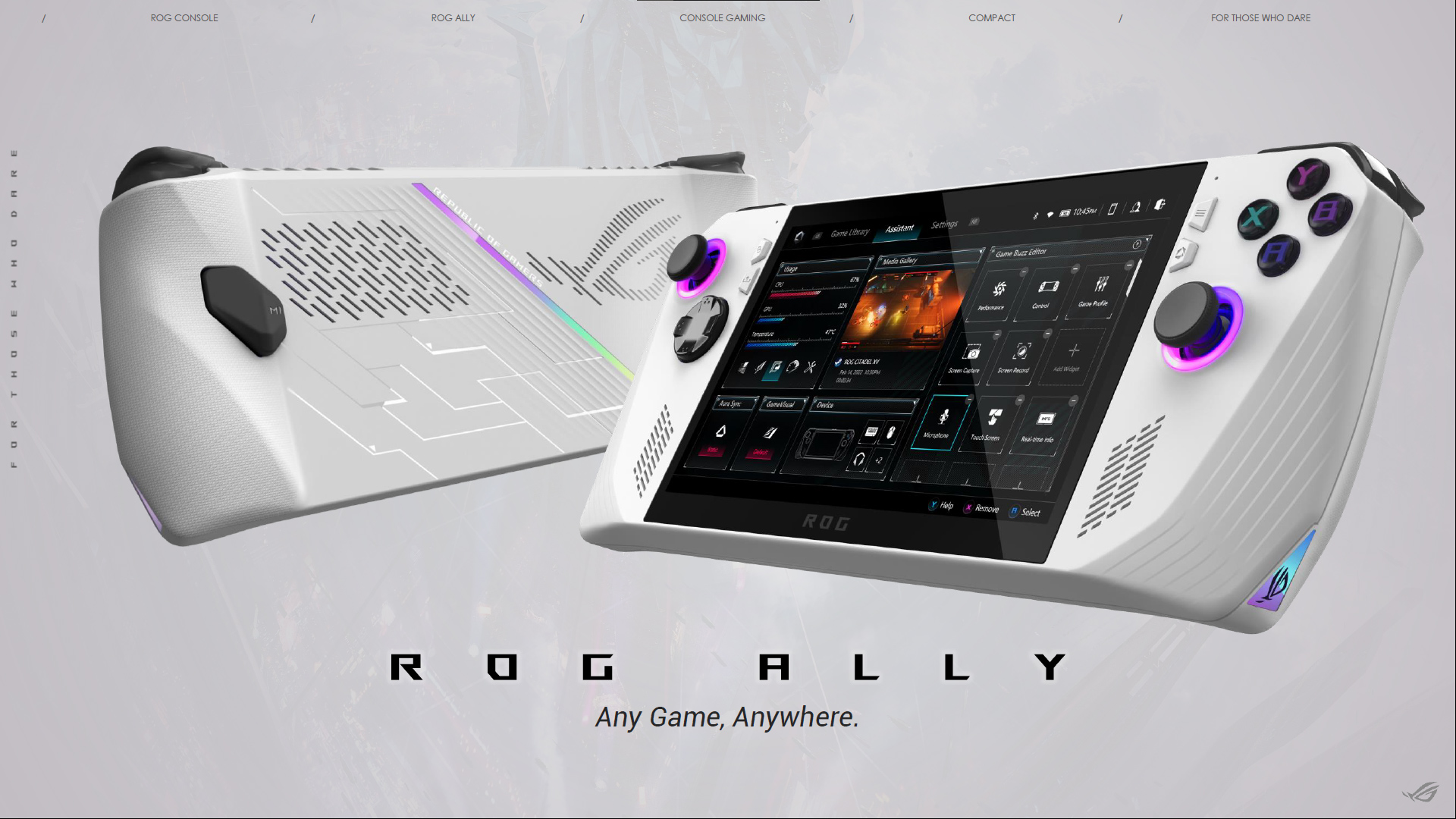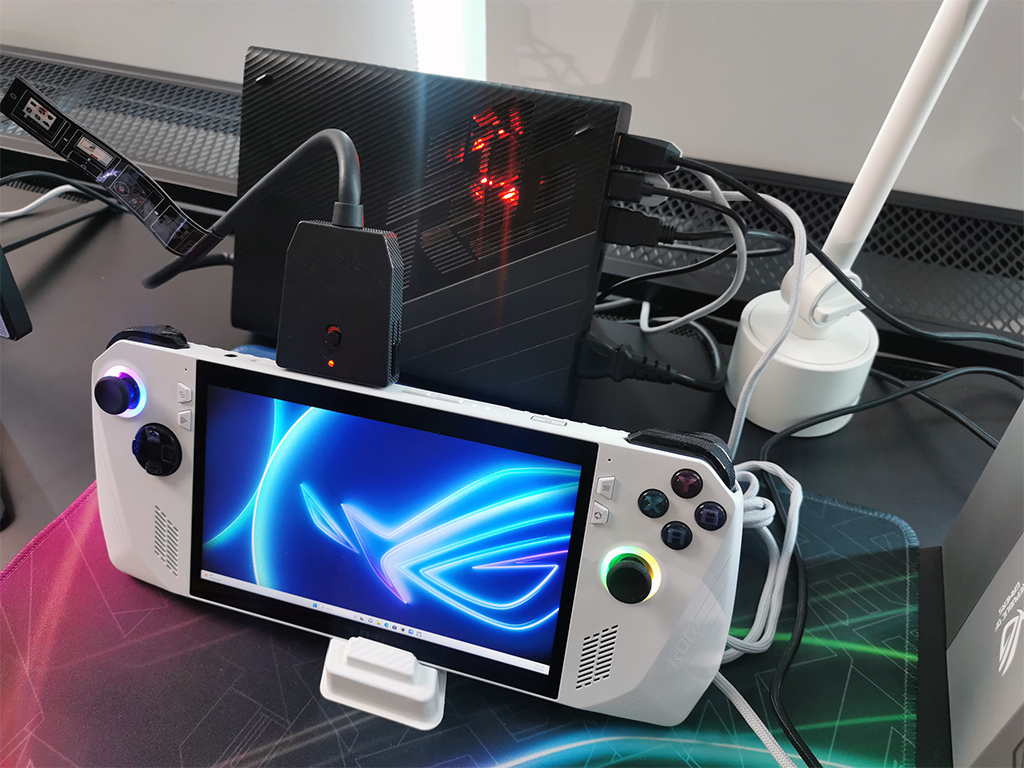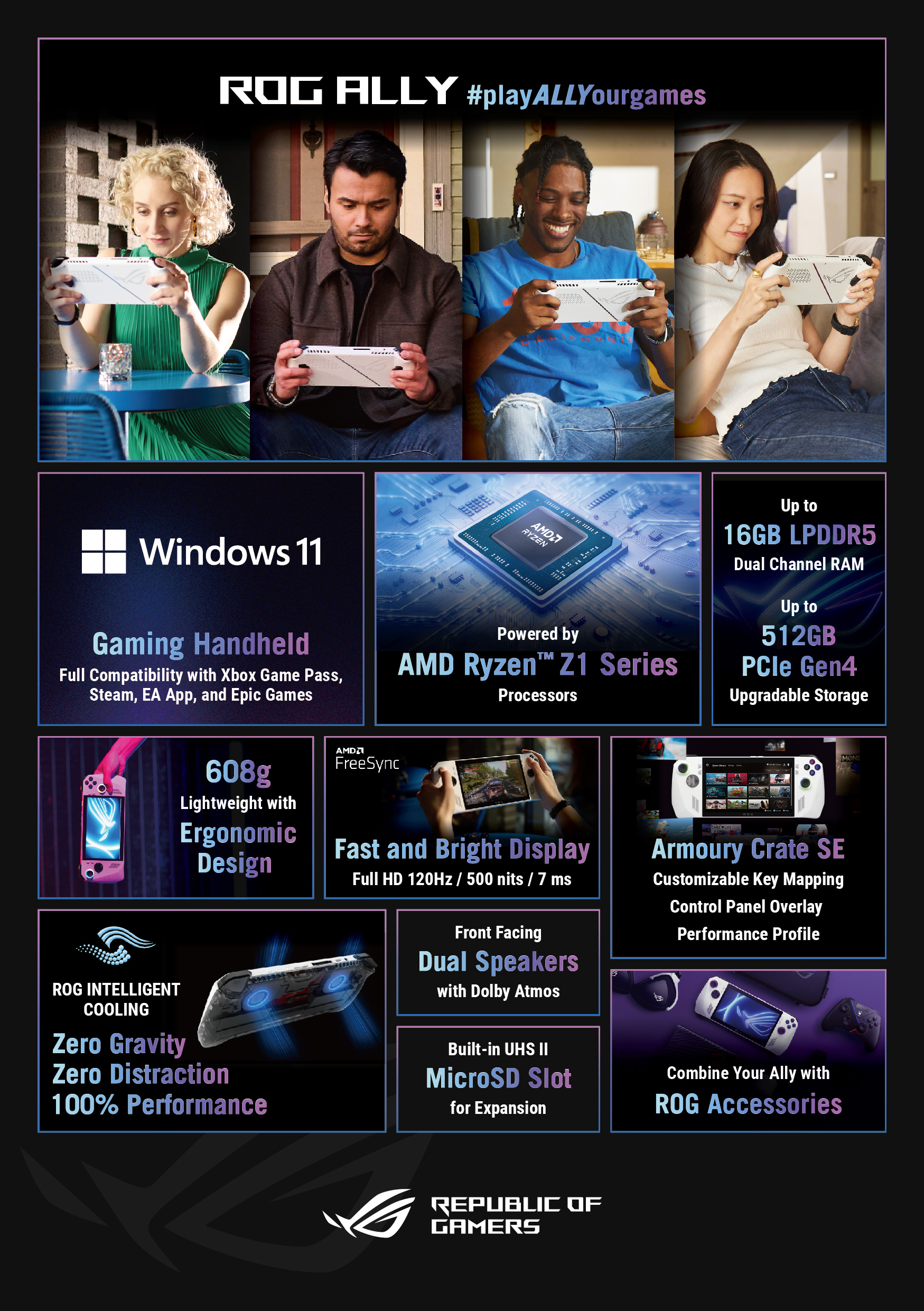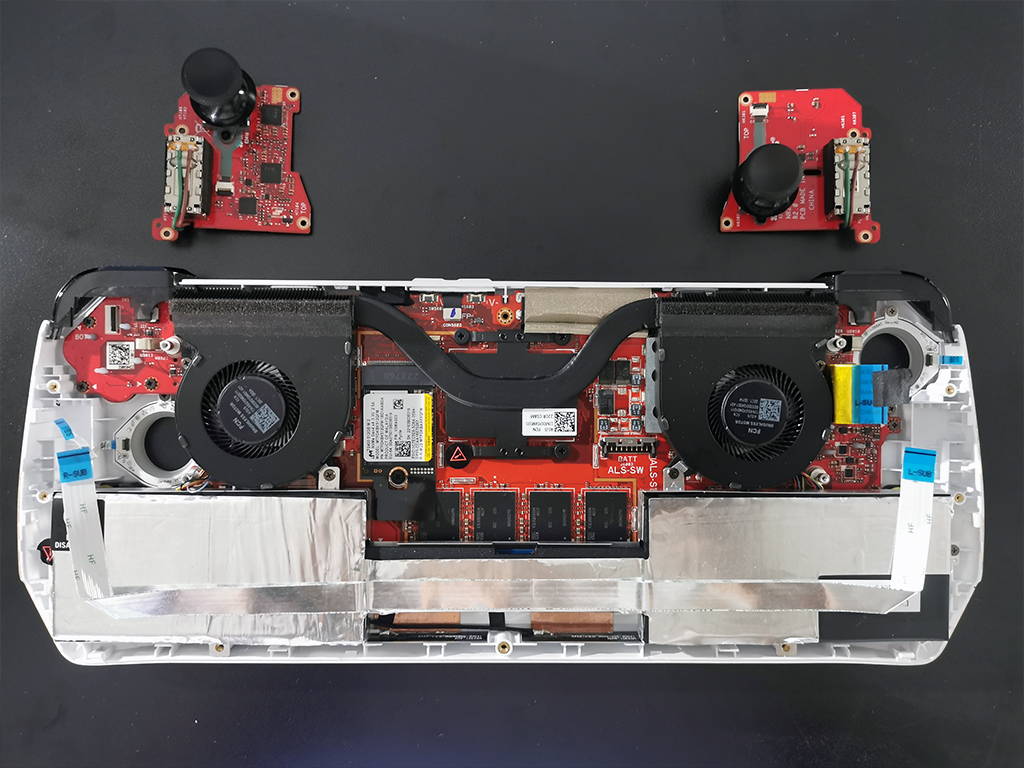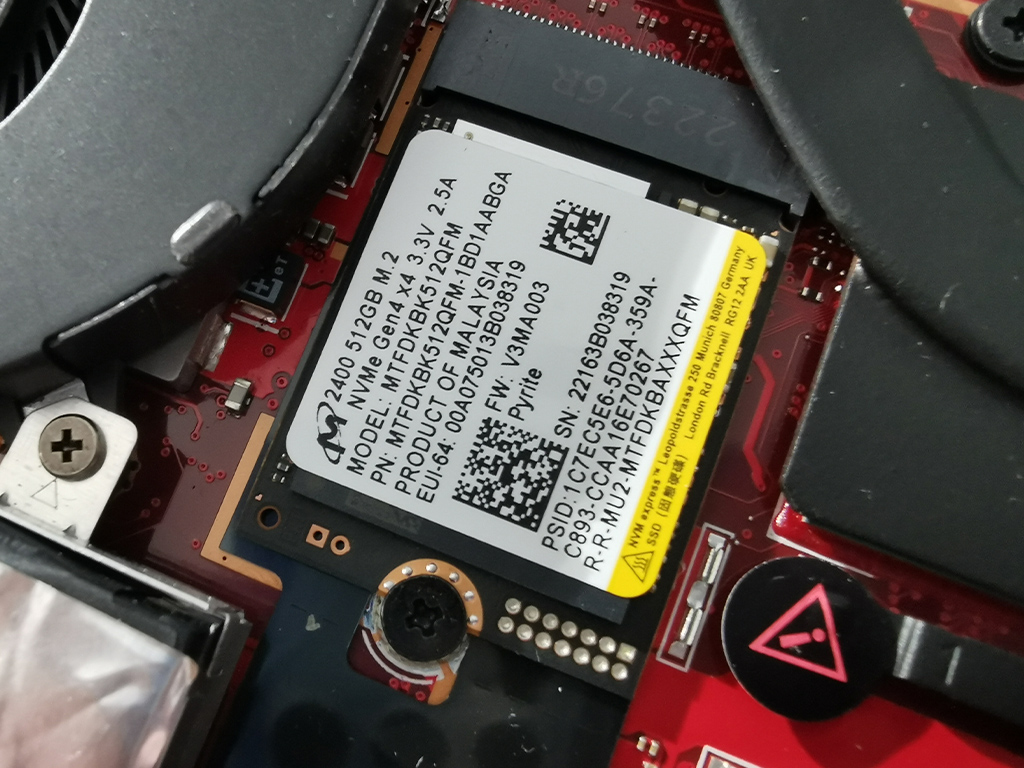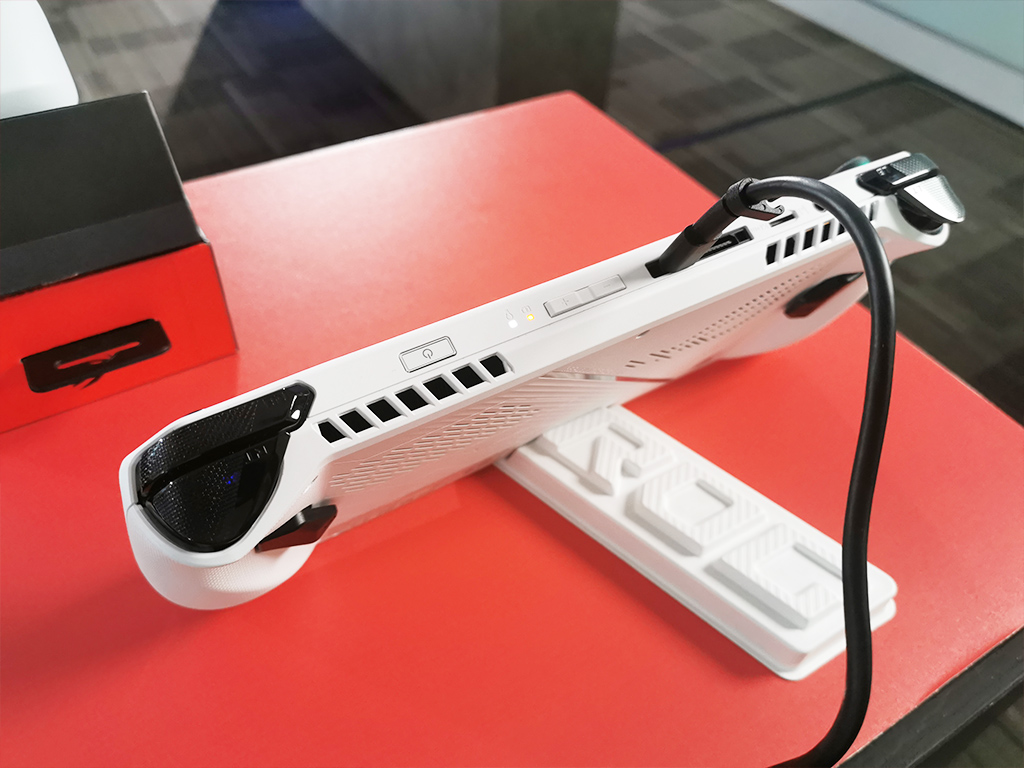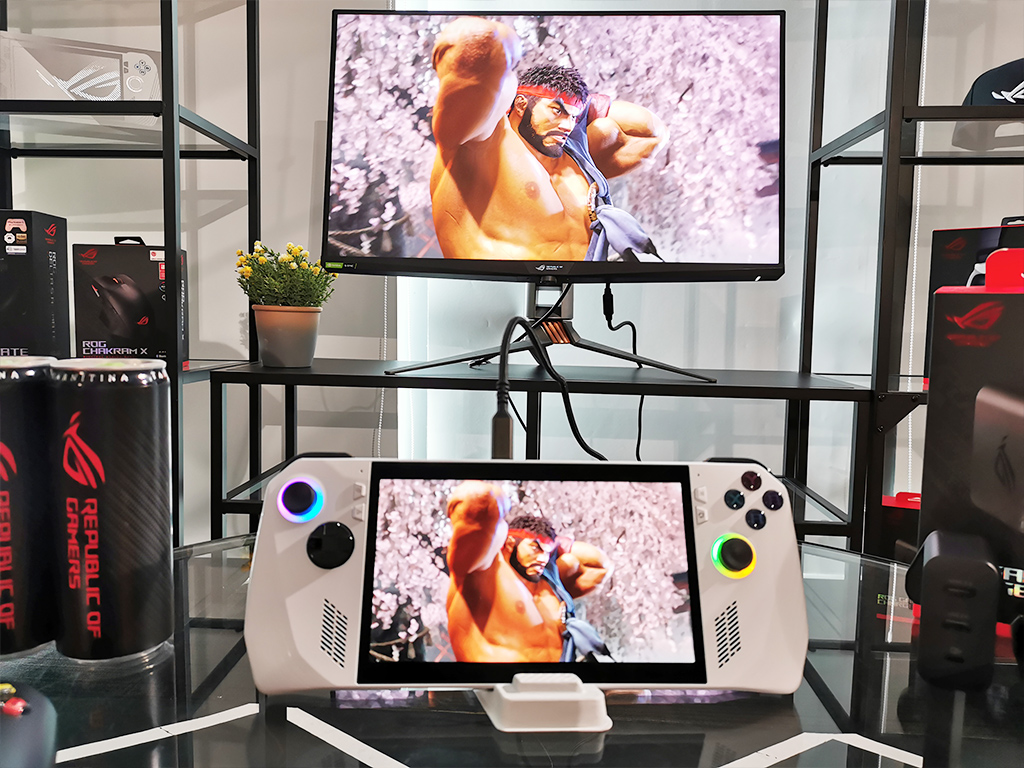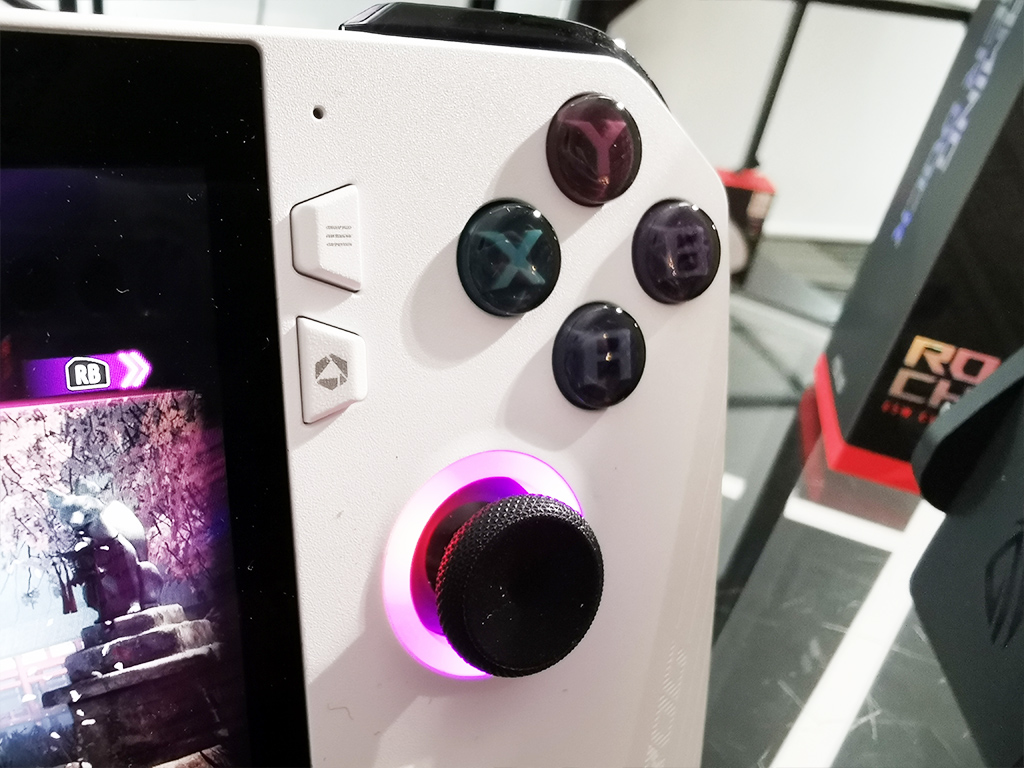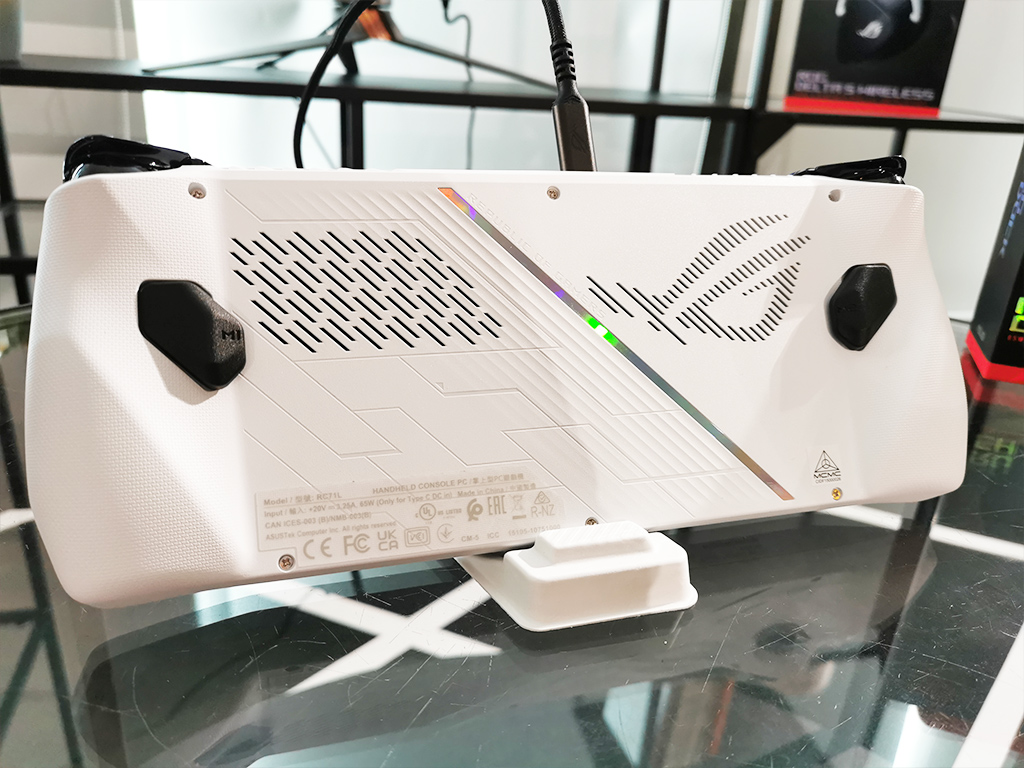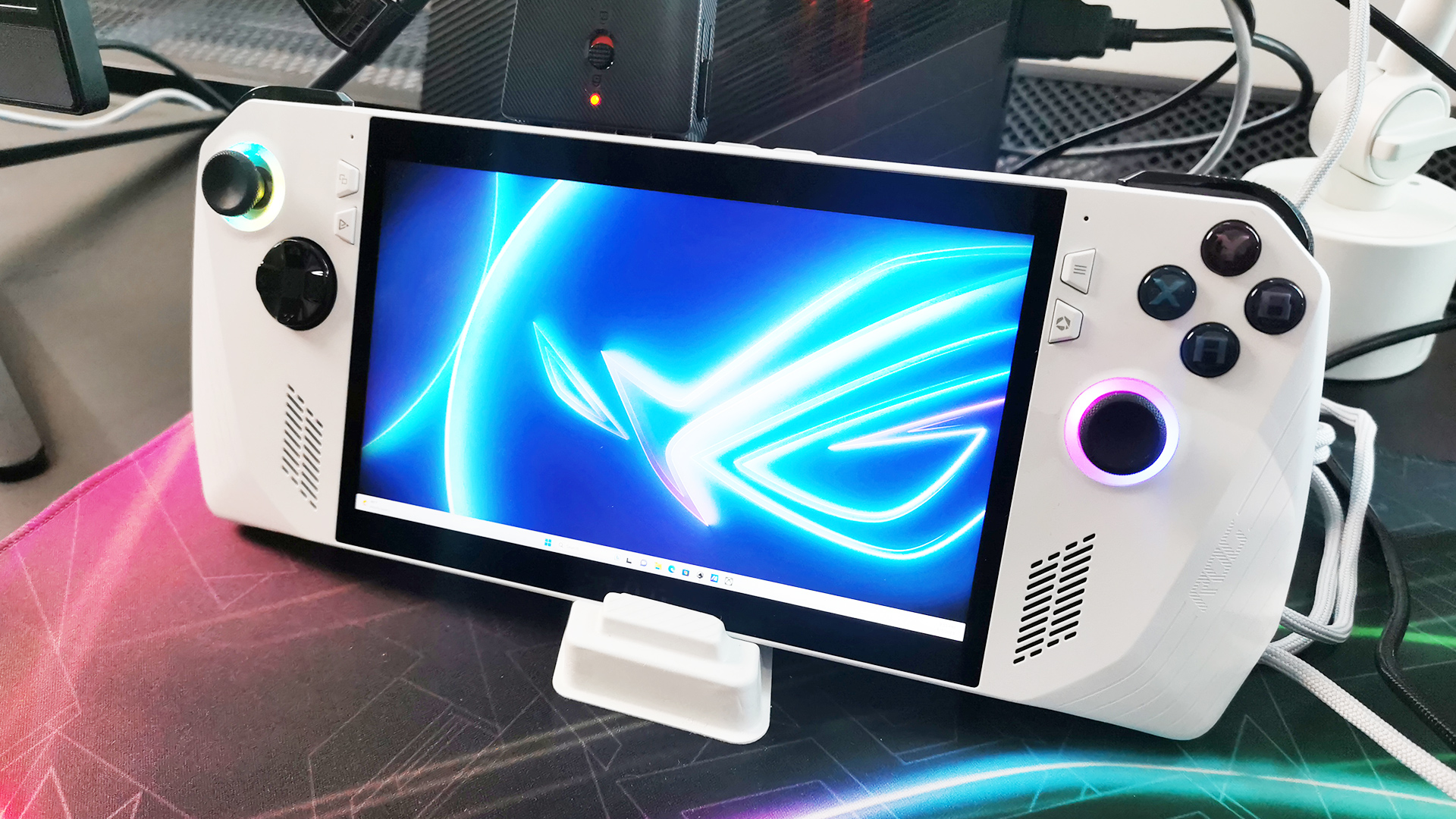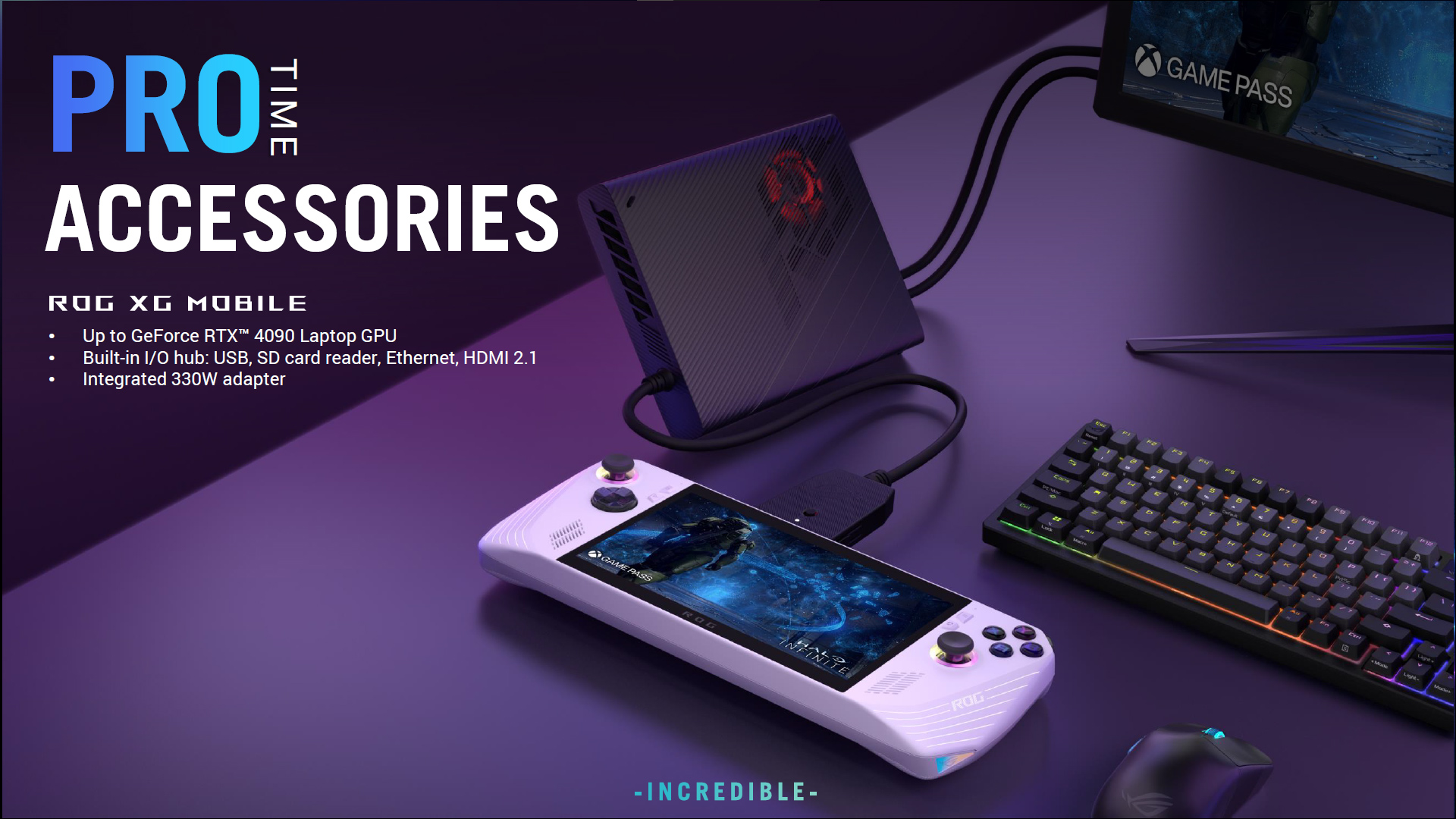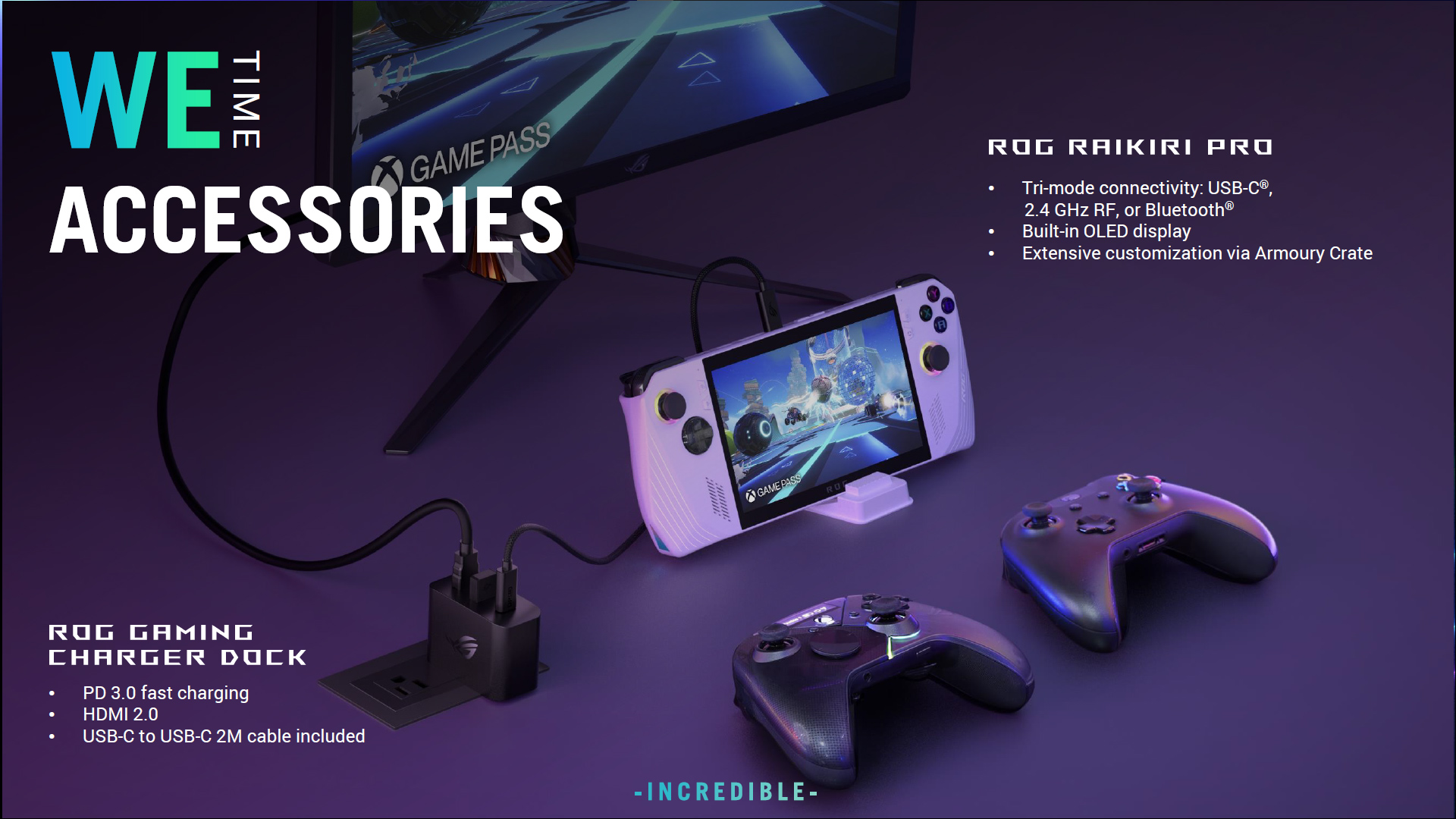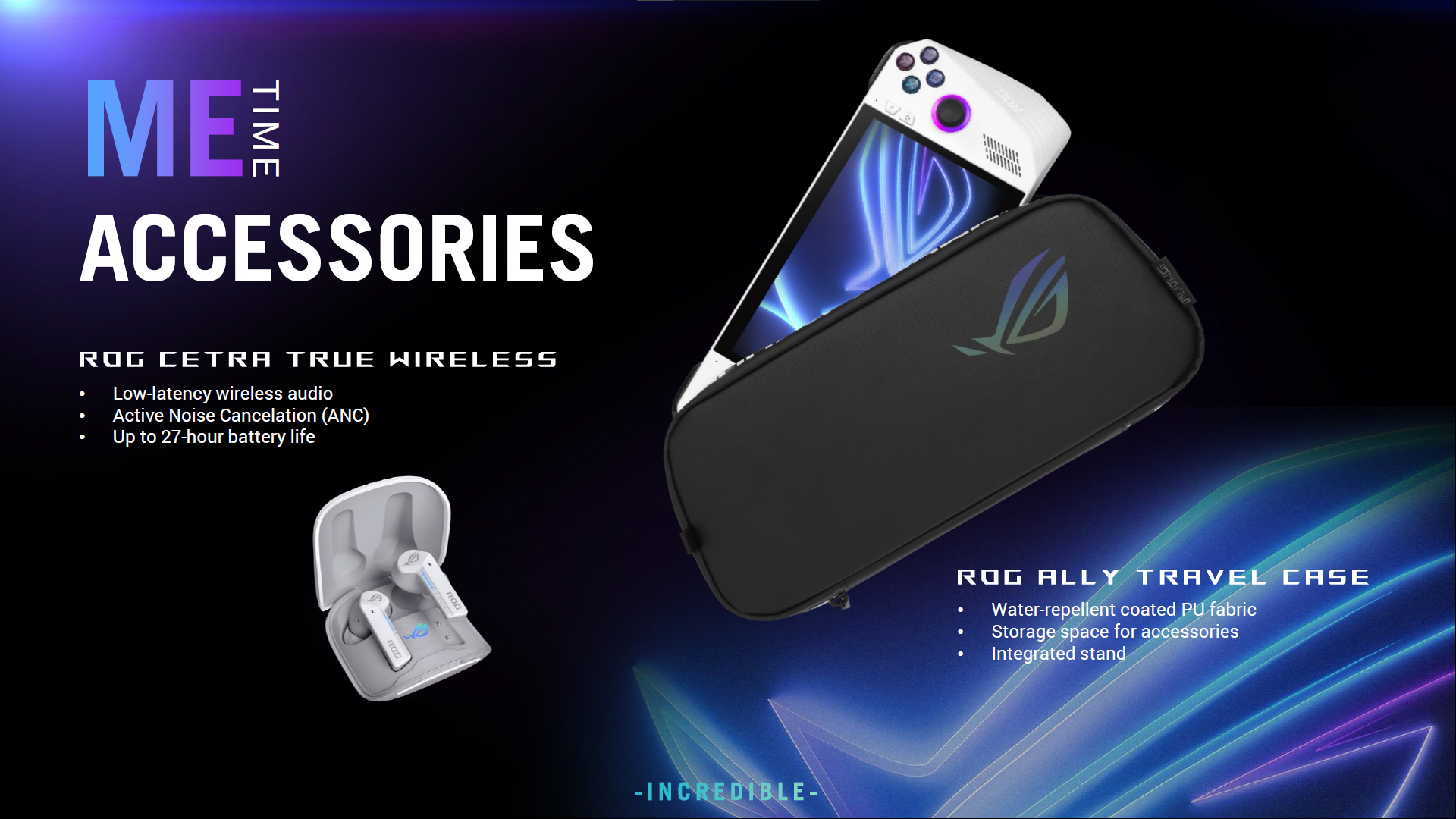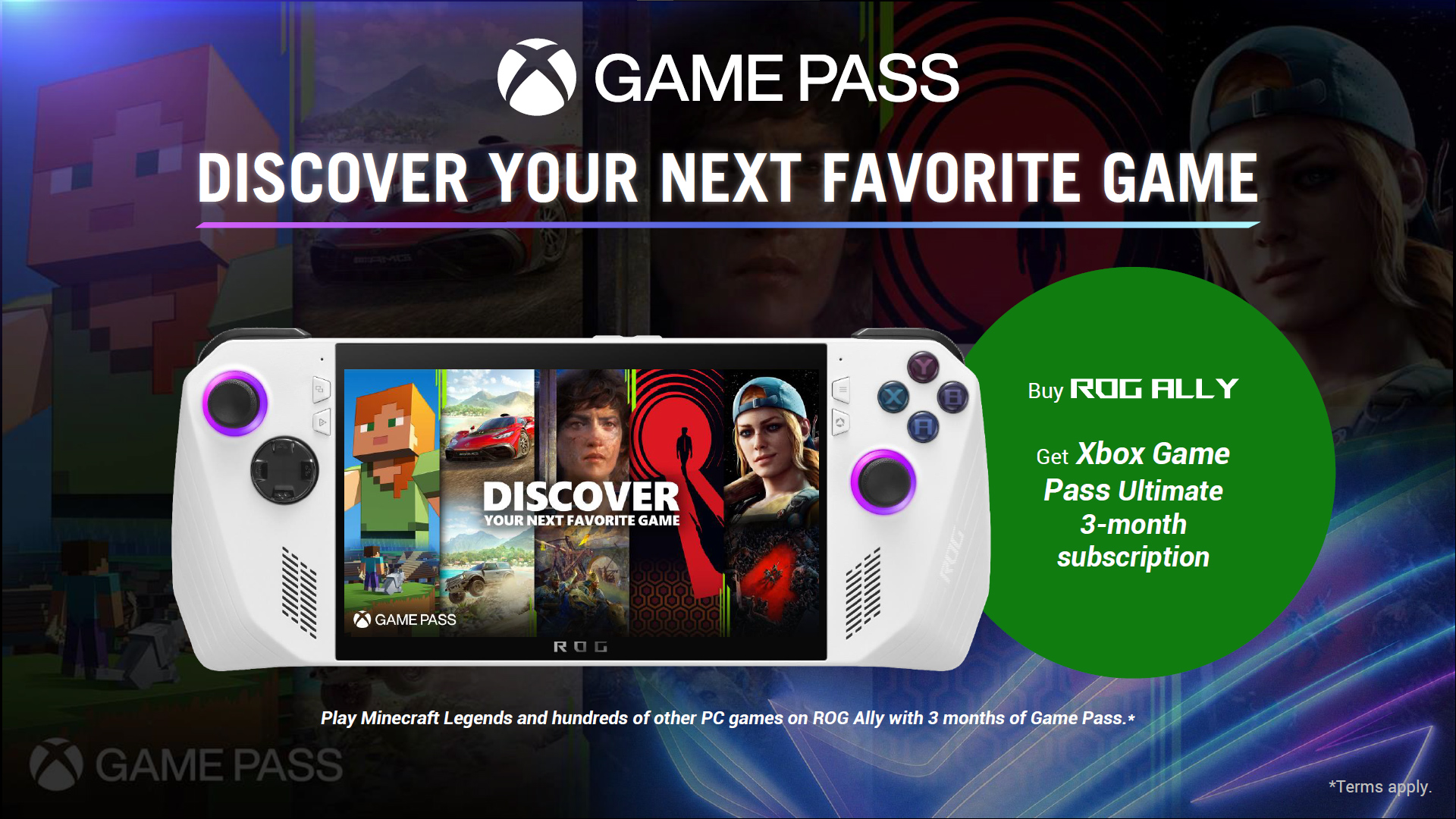For those who are unfamiliar, the ROG Ally is a Windows 11 based handheld gaming device developed by ASUS that was leaked on the 1st of April this year and was officially confirmed a few days later. It has gone through a 5-year development phase, and the specifications and pricing has been highly speculated for the past few months – with various leaks and unconfirmed rumours.
Thanks to ASUS Malaysia , we at Bunnygaming.com (BG) was invited to the ROG Ally Early Product Demo yesterday (8th May 2023) and were given the opportunity to have some hands on experience with the ROG Ally. From this event, we have discovered a few things about the ROG Ally to share with our readers.
Specifications
AMD Ryzen Z1 Processor Series
Upon its release, the ROG Ally will come in two versions: a high-end model with the AMD Ryzen Z1 Extreme and a standard model with the AMD Ryzen Z1. While both versions have identical hardware specifications, the Z1 Extreme outperforms the Z1 with 30% more CPU cores and 50% more GPU cores, in addition to a higher L2 cache.
Both the Ryzen Z1 and Ryzen Z1 Extreme have the same 9-30W TDP, which is beneficial for battery life, especially for handheld gaming devices like the ROG Ally. This sets them apart from other processors, including the AMD Ryzen 7840U series.
Furthermore, the AMD Ryzen Z1 series supports PCIe Gen 4, allowing for faster data transfer rates, which can enhance overall system performance. This feature makes the AMD Ryzen Z1 series well-suited for gaming and even other performance intensive tasks such as video editing.
It’s worth noting that the XDNA AI is turned off in the Z1 Extreme on a hardware level, unlike its laptop counterparts. However, the XDNA AI is not removed, so it is possible that enthusiasts may explore it further once the ROG Ally is officially available in the market.
Battery
The ROG Ally is equipped with dual Li-ion battery packs with a combined capacity of 40Wh and the capability to support fast charging up to 65Wh. The batteries are placed on the bottom left and right sides of the device to provide balanced weight distribution and comfortable handling.
In addition to the above information, ASUS has reported that the ROG Ally is expected to provide a gameplay time of up to 8 hours on a single charge, which is rather impressive in my books but this will require further testing.
Memory and storage
The ROG Ally comes with 16GB LPDDR5 RAM and a 512GB PCIE Gen 4×4 2230 M.2 NVME, which can be upgraded for even more storage capacity. It’s worth noting that, like the Steam Deck, the ROG Ally has only one NVME slot, which means that upgrading the storage will require reinstalling the operating system and games. However, since the device runs on Windows, it is possible to clone the NVME for a smoother upgrade experience.
Connectivity
Based on the hands-on experience yesterday, the ROG Ally has the capability to support external displays with or without the XG Mobile external GPU. If you don’t have the XG Mobile, you can still share the display via the USB-C interface to displays that have a USB-C input or via the ROG Gaming Charger Dock which converts the USB-C input to a HDMI 2.0 output. On the other hand, if you have the XG Mobile, it supports both DP and HDMI, which provides more options for traditional displays that don’t have a USB-C input.
In terms of wireless connectivity, the ROG Ally supports Bluetooth 5.2 and WiFi 6E. These connectivity options will allow users to connect to a wide range of devices and networks for online gaming or other activities. However, the manufacturer and model of the connectivity chip is yet to be confirmed.
Aesthetics
The ROG Ally, when held feels rather solid, and some might even say premium. The entire case is in white except for the black bezels around the screen. Weighing at 608 grams, it’s very much lighter than it’s competitors and it has a drastically different feel to it when held.
In terms of size, the ROG Ally is narrower and shorter than the Steamdeck, and notably slimmer as well. Its front side boasts a 120hz 500nits 1080p touch display, backed by a panel with a 1000:1 contrast ratio, 100% sRGB color gamut, 7ms response time, and AMD Freesync support. To enhance durability, the display is layered with Gorilla Glass Victus and DXC coating, reducing glare and reflections while providing scratch and damage resistance.
Audio vents are located on the bottom left and right sides of the display, positioned at a distance from the edges to prevent them from being obstructed by the user’s palms. The controller buttons are situated above these vents. On the back, we can see two vents, one in the shape of the ROG Eye Logo and the other consisting of horizontal slits that complement the device’s overall design.
Moving to the top of the device, the first thing you’ll notice from left to right is the power button, followed by the power LED, charging LED, volume toggle, eGPU with USB-C port , UHS-II MicroSD slot, and finally, the 3.5mm audio jack.
Controller Buttons
The controller design for the ROG Ally didn’t stray far from the industrial norm. It features two joystick controls that are located on the left and right sides of the device, with each joystick being positioned towards the top. In between the joysticks are the standard gaming buttons, including the ABXY buttons and D-pad. The joysticks themselves have a textured grip, which can help provide better control and accuracy during gameplay while the D-Pad and ABXY button has a clicky feel to it. The best part – both the joysticks are illuminated by an aRGB ring at the bottom.
The controller design also includes two pairs of trigger button combination located on the top left and right side of the device, and a pair of pedal buttons at the back. From my initial impression, the pedal and triggers comes with a desirable amount of resistance to it and the buttons produces a decent clicky feedback.
In addition to the joystick controls and trigger buttons, the ROG Ally’s controller design also features several additional buttons, including a start button, a button with an Armoury Crate logo, and two additional buttons which seems to be shortcut keys in windows. These buttons can be programmed by the user to perform specific actions or functions as well.
Windows 11
Running on Windows 11, the ROG Ally is a versatile handheld gaming device. With access to the same gaming service platforms as a PC, the device can also run emulators of other gaming platforms, although it’s important to note that unlicensed practice is not condoned. The USB-C slot can be used to connect to a multi-port hub, enabling users to connect to various USB devices like mice and keyboards.
ASUS representatives have stated that the ROG Ally can run most AAA titles on low settings without the need for an XG Mobile external GPU. However, they also reminded us that not all titles are suited for joystick control and that users should switch to a mouse and keyboard when necessary.
Accessories
ASUS has announced five accessories for the ROG Ally, although it is unclear whether they will be available as a bundle at initial purchase. Three of the accessories have been confirmed for individual purchase – the ROG Cetra True Wireless earbuds, the ROG Raikiri Pro, and the ROG XG Mobile. The remaining two accessories are the ROG Ally Travel Case and the ROG Charger Dock, which is not only PD3.0 compatible but also has an HDMI 2.0 adapter. Additionally, ASUS has announced that ROG Ally owners will receive a free 3-month XBox Game Pass subscription (with terms and conditions applied).
Given the limited amount of testing that could be performed on the demo unit, I wasn’t able to fully assess the quality of the on-board speakers or the thermal performance of the device under heavy load. However, based on my initial impression, the ROG Ally appears to be a strong contender in the handheld gaming device market.
